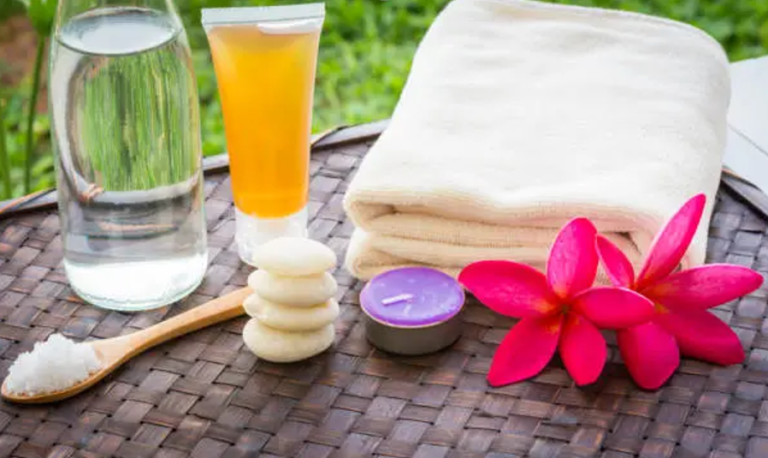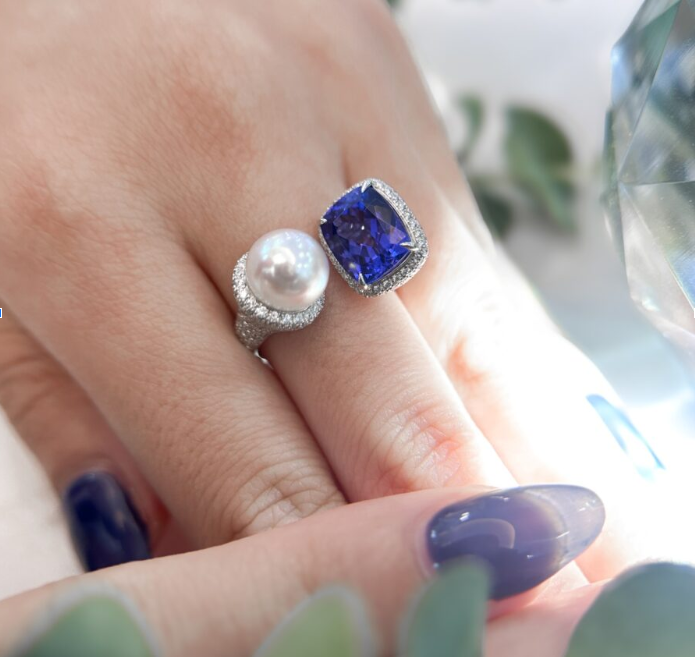How to Keep Salads Fresh with the Right Lunch Containers
Salads are a favourite choice for lunches because they are nutritious, versatile and quick to prepare. Yet anyone who has ever packed a salad for work or school knows the frustration of opening their lunch to find wilted leaves, soggy toppings or dressing that has leaked everywhere. The good news is that the right lunch containers, such as a salad bowl lunch box, can transform the way salads are stored and carried. With thoughtful design features, modern containers are built to keep ingredients crisp and appetising until it is time to eat.
This article explores how to choose the best lunch containers for salads, what features matter most, and the little tips that make a big difference in keeping food fresh and enjoyable.
Why Salads Often Lose Freshness
To understand why the right lunch container makes such a difference, it helps to consider the problem. Salad ingredients vary widely in texture and water content. Leafy greens are delicate and prone to wilting, while vegetables such as cucumbers and tomatoes release water that can quickly turn other ingredients soggy. Dressings add flavour but tend to soften leaves if applied too early.
Without separation and proper sealing, these natural processes leave the contents unappealing by lunchtime. Containers designed with freshness in mind solve this issue through airtight lids, compartments and moisture control.
Key Features of Effective Salad Lunch Containers
Airtight and Leak-Proof Lids
The most important feature of any salad container is a secure seal. Airtight lids stop oxygen from accelerating wilting, while leak-proof designs prevent dressing or juice from escaping into bags. Many modern containers use snap-lock clips or silicone gaskets to achieve this.
Separate Compartments
Compartmentalisation is one of the smartest innovations in salad storage. By dividing ingredients into sections, crunchy toppings such as croutons or nuts can be kept dry, while juicy vegetables are stored apart until the meal is assembled. Some containers even include small pots for dressings, ensuring they are only added at the last moment.
Food-Safe, Durable Materials
For regular use, containers should be made from safe, BPA-free plastic, stainless steel or glass. Plastic remains the most popular because it is lightweight and resistant to breaking, but glass and steel are valued for their longevity and eco-friendliness. Whatever the material, it should be strong enough to withstand repeated washing and transport.
Compact and Portable Design
Lunch containers need to fit easily into a work bag or school satchel without taking up too much room. Many salad boxes are designed to stack neatly in fridges and cupboards, helping with storage both at home and on the go.
See also: The Rising Need for Lifeguard Training Among Teenagers
The Benefits of Choosing the Right Container
Investing in quality salad lunch containers brings more than just convenience.
- Freshness maintained: Greens stay crisp, toppings remain crunchy, and flavours are preserved.
- Healthier eating habits: When salads are appealing, it is easier to stick with nutritious choices during busy days.
- Less waste: Proper storage reduces spoilage, meaning fewer discarded meals.
- Eco-conscious living: Reusable containers help cut down on single-use packaging and disposable salad tubs.
Sustainability in Salad Storage
Growing environmental awareness has shifted the way many people approach food storage. While disposable plastic boxes used to dominate, there is now an emphasis on containers that are designed to last. BPA-free plastics can be recycled, while glass and stainless steel containers can serve for years.
Another development is the use of compostable packaging made from sugarcane bagasse or other plant fibres. These are particularly useful in catering or takeaway settings, where consumers still value convenience but want sustainable solutions.
Practical Tips for Keeping Salads Fresh
Even with the best container, small steps in preparation can make a big difference.
- Dry your leaves thoroughly – moisture is the enemy of crispness. A salad spinner or paper towel works well to remove excess water.
- Layer ingredients wisely – place sturdy items like grains or beans at the bottom, and delicate leaves at the top.
- Keep dressing separate – use a mini pot or side compartment and only add dressing just before eating.
- Use absorbent liners – placing a piece of paper towel under the leaves can absorb condensation and keep greens fresh for longer.
- Store in the fridge until ready – a cool environment slows down wilting and bacterial growth.
These habits, paired with the right lunch container, extend freshness from a few hours to a full working day.
Everyday Insights from Users
Customer reviews and shared tips often highlight real-world benefits. Many users praise containers with lockable lids that prevent leaks, particularly when carrying oily dressings or juicy toppings. Others value containers that withstand years of use without cracking or warping.
A particularly useful hack shared by home cooks is the use of paper towels to manage condensation. Simply wrapping a salad lightly in paper towel before sealing it in the container absorbs excess moisture and prevents leaves from going limp too quickly. Small touches like this can make the difference between an average lunch and one that feels freshly prepared.
Salad Containers for Different Lifestyles
The right choice of salad container often depends on lifestyle.
- For commuters: Lightweight, compact containers are easiest to carry in a work bag.
- For students: Multi-compartment designs with room for snacks, fruit or dressing are particularly convenient.
- For families: Stackable sets help with preparing multiple lunches in advance, saving time on busy mornings.
- For eco-conscious eaters: Glass or stainless steel containers provide a durable, plastic-free solution.
By aligning container design with daily needs, meal prep becomes smoother and more effective.
The Link Between Presentation and Healthy Eating
One often overlooked aspect of using the right lunch container is the psychological effect. A salad that looks colourful, fresh and well-arranged is far more appealing than one that appears soggy and compressed. When food is attractive, people are more likely to enjoy it and continue choosing healthy options.
This link between presentation and appetite shows why clear containers are popular. Being able to see the vibrant colours of fresh vegetables and greens makes the meal more enticing, even before opening the lid.
Final Thoughts
A salad lunch container is more than just a box to carry food. It is a practical tool that helps maintain freshness, supports healthy eating and reduces waste. By selecting containers with airtight lids, compartments and durable materials, anyone can enjoy crisp, tasty salads wherever the day takes them.
Pair these containers with smart preparation habits such as drying leaves thoroughly and keeping dressing separate, and lunchtime salads will stay as appetising as when they were first made. With the right choice, keeping salads fresh becomes effortless, making nutritious eating both convenient and enjoyable.






